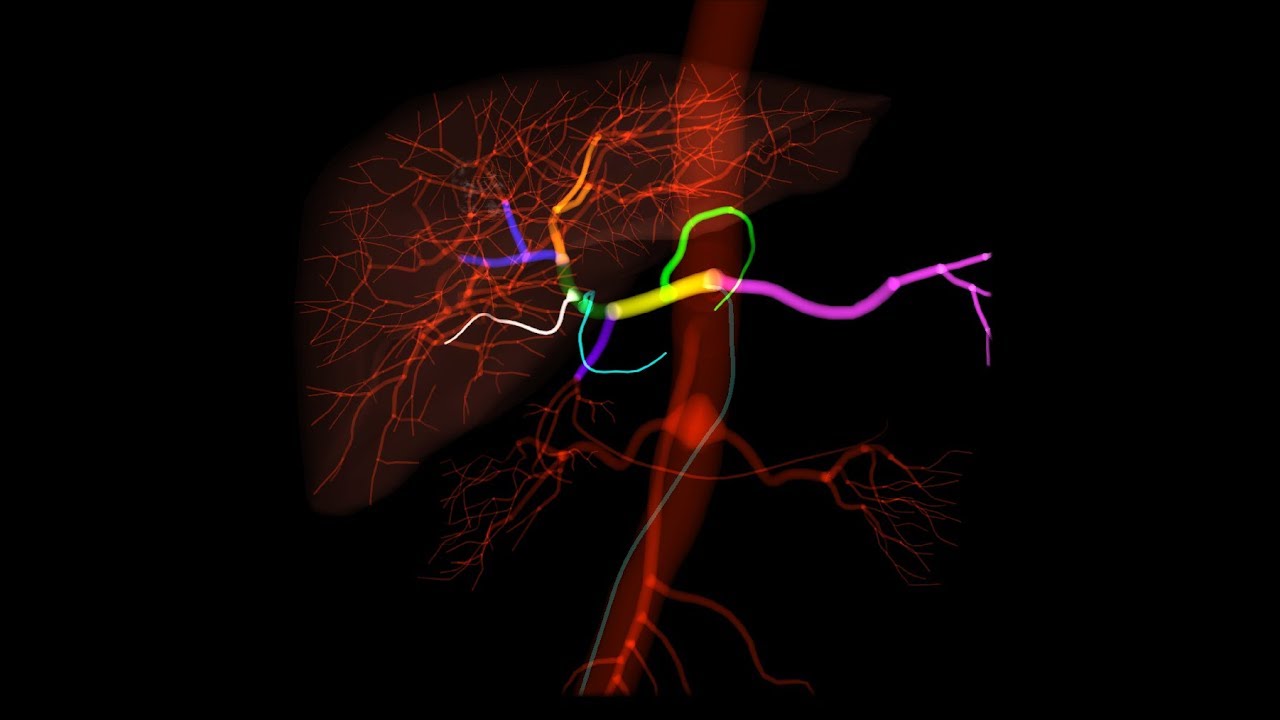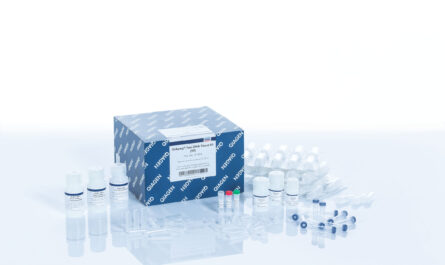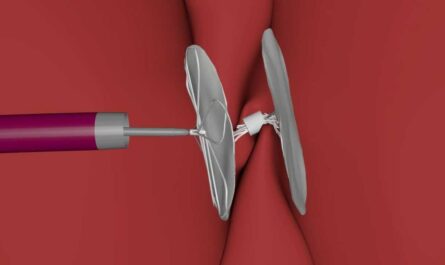What is Embolization?
Embolization, also known as arterial embolization, is a minimally invasive medical procedure used to block one or more blood vessels or vascular malformations. It is performed by an interventional radiologist through a small incision in the skin, usually in the groin. Through this incision, a thin tube called a catheter is inserted and guided using imaging technology like fluoroscopy into the blood vessel requiring treatment. Various substances called embolic agents are then injected through the catheter to plug or block the target vessel. Some common embolic agents used include tiny plastic or gelatin sponges, coils or alcohol. Once blocked, the blood supply to an abnormality is reduced, causing it to shrink or die off.
Uses of Embolization
Embolization has various medical uses where blocking blood flow is beneficial. Some common conditions treated with embolization include:
Uterine Fibroid Embolization
Uterine fibroids are non-cancerous tumors that grow in or on the walls of the uterus. Symptoms include heavy periods, pelvic pain and pressure. Uterine fibroid embolization or UFE works by blocking the uterine arteries that supply blood to the fibroids, causing them to shrink. This minimally invasive option can help treat fibroid symptoms without major surgery.
Brain Aneurysm Embolization
A brain aneurysm is a bulging or ballooning in a blood vessel in the brain. If it bursts, it causes a stroke. Embolization is often the first treatment choice for certain unruptured brain aneurysms as coils or liquid agents are deployed through a catheter to plug the aneurysm, preventing potential rupture in the future.
Benign Tumor Embolization
Certain non-cancerous tumors located elsewhere in the body like the kidney or liver can be treated with embolization. By blocking the blood flow using agents, the tumor’s growth is stalled and sometimes it shrinks in size, avoiding more complex surgery.
Varicose Vein Treatment
Varicose veins occur when valves in the veins fail, causing blood to pool in the legs. Embolization helps treat varicose veins by blocking the affected veins through catheter delivery of coils. This significantly improves symptoms like leg swelling and pain while providing an alternative to surgical vein stripping.
Arteriovenous Malformation Embolization
An arteriovenous malformation or AVM is an abnormal connection between arteries and veins, usually located in the brain or spine. Embolization is commonly performed to prevent bleeding from these fragile vascular lesions. Catheter delivery of embolic agents is used to plug the AVM, improving safety before any surgery.
Risks and Success Rates of Embolization
In experienced hands, embolization is generally a low risk procedure. Potential risks can include allergic reactions to contrast agents, infection at the catheter entry site and recurrence of the treated condition. Rare complications include damage to nearby tissues from embolic material traveling to unintended locations.
Success rates for embolization depend on the condition being treated. For uterine fibroid embolization, around 70-90% of women find relief from heavy bleeding. Brain aneurysm and AVM embolization success rates range from 95-99% for complete occlusion without regrowth. Benign tumor embolization has high rates of short term symptom relief, though some residual tumor may remain. Multiple sessions are sometimes needed for large or complex cases. With proper patient selection, embolization offers cure or significant improvement of symptoms for many conditions treated.
Post-Procedure Care After Embolization
Most patients can go home the same day after embolization. However, some may require an overnight hospital stay depending on the specific procedure and individual circumstances. Patients are advised to take rest for a few days. Mild pain or discomfort is common and can be managed with over-the-counter medications. Activity restrictions on lifting, driving and work may apply temporarily. Follow up doctor visits and imaging studies ensure the embolization was successful and no complications arose. With good post-care, patients are usually back to regular routine within a week.
By selectively blocking targeted blood flow using catheter techniques, embolization offers cure or relief of debilitating symptoms without major surgery for many patients. Though not suitable for every case, it provides an alternative to or pre-treatment for other therapies in various fields of interventional radiology and medicine. With low risk profiles and high success rates, embolization has become a mainstay first line or adjunct treatment in modern medical practice.
*Note:
1. Source: Coherent Market Insights, Public sources, Desk research
2. We have leveraged AI tools to mine information and compile it



